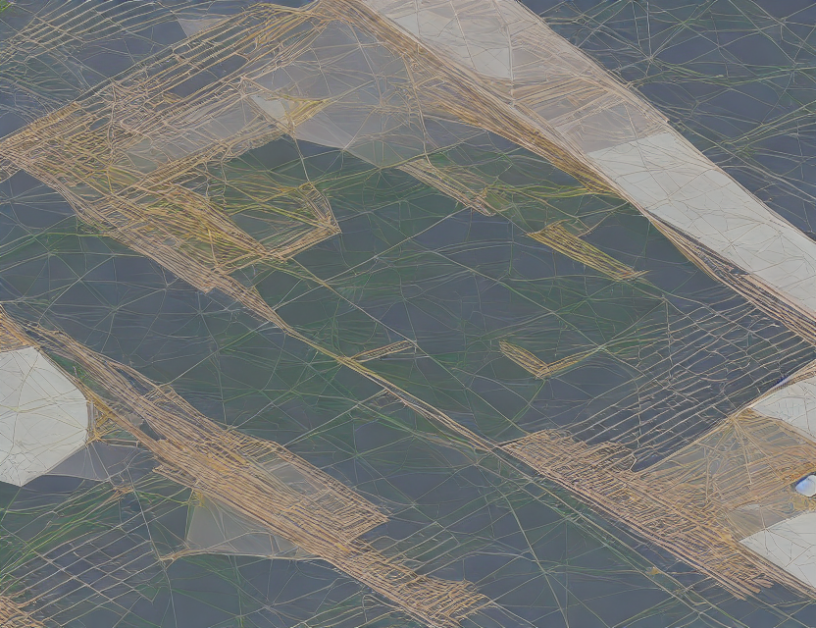In this article, we explore a new approach to modeling vehicle dynamics for autonomous racing. We aim to improve the accuracy and efficiency of the modeling process by using a simplified state-space representation of the vehicle’s dynamics. By doing so, we can better understand the behavior of the vehicle on the racetrack and optimize its performance.
State-Space Modeling
The basic idea behind state-space modeling is to represent the vehicle’s dynamics in terms of its state vector and input vector. The state vector contains information about the vehicle’s position, velocity, and orientation, while the input vector represents the control inputs applied to the vehicle. By mathematically manipulating this state-space representation, we can predict the behavior of the vehicle over time.
Simplified Model
To improve the accuracy and efficiency of the modeling process, we propose a simplified state-space model for autonomous racing. This model includes only the most relevant variables that affect the vehicle’s dynamics, such as its position, velocity, and yaw rate. By removing unnecessary variables, we can reduce the computational complexity of the model and improve its predictive capabilities.
Equations
The simplified state-space model for autonomous racing is described by the following equations:
x_dot = f(s, n, μ, vx, vy, r)
where x is the state vector, s is the position of the vehicle along the racetrack, n is the orthogonal deviation from the path, μ is the local heading, vx is the longitudinal velocity, vy is the lateral velocity, and r is the yaw rate.
Input Vector
The input vector ˜u is represented by the following equations:
˜u = [Δδ, ΔD]
where Δδ is the derivative of the steering angle, and ΔD is the desired longitudinal acceleration.
Macro-Parameters
The macro-parameters of the magic formula are Br and Cr, which represent the vertical loads on the rear wheels. These parameters can be calculated using the vehicle’s geometry and the track’s layout.
Improvements
We tested our simplified model on the Monza F1 racetrack and observed improvements in its predictive capabilities compared to a more complex model. Our results suggest that a simpler model, if well formulated, can still suffice for the purpose of autonomous racing. However, we also found that greater model accuracy can enhance the controller’s prediction, improving both stability and performance.
Conclusion
In this article, we presented a new approach to modeling vehicle dynamics for autonomous racing. By simplifying the state-space representation of the vehicle’s dynamics, we improved the accuracy and efficiency of the modeling process. Our results suggest that a simpler model can suffice for the purpose of autonomous racing, but greater model accuracy can enhance the controller’s prediction. Further improvements in model integration and refinement may lead to even better performance on the racetrack.



